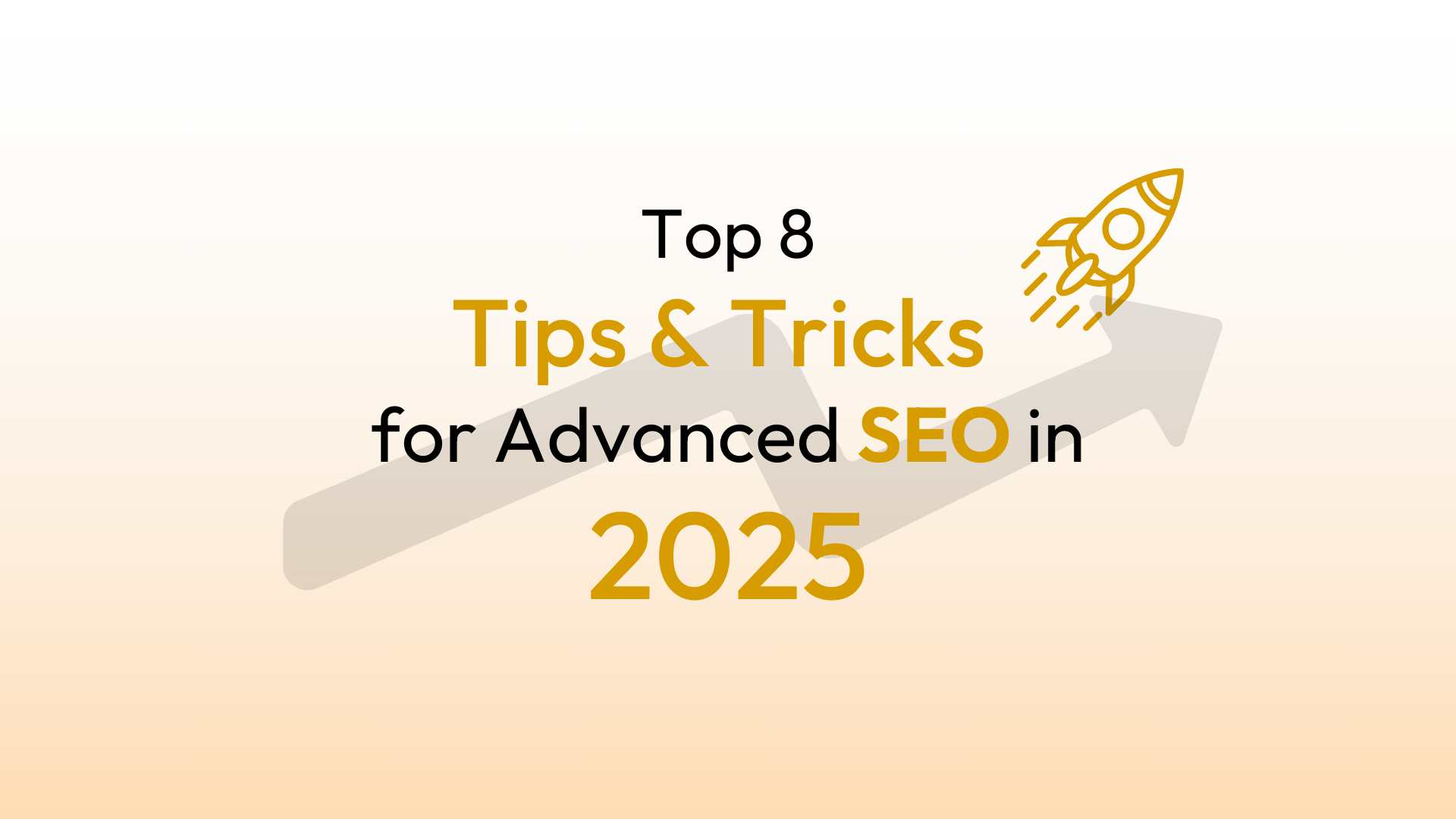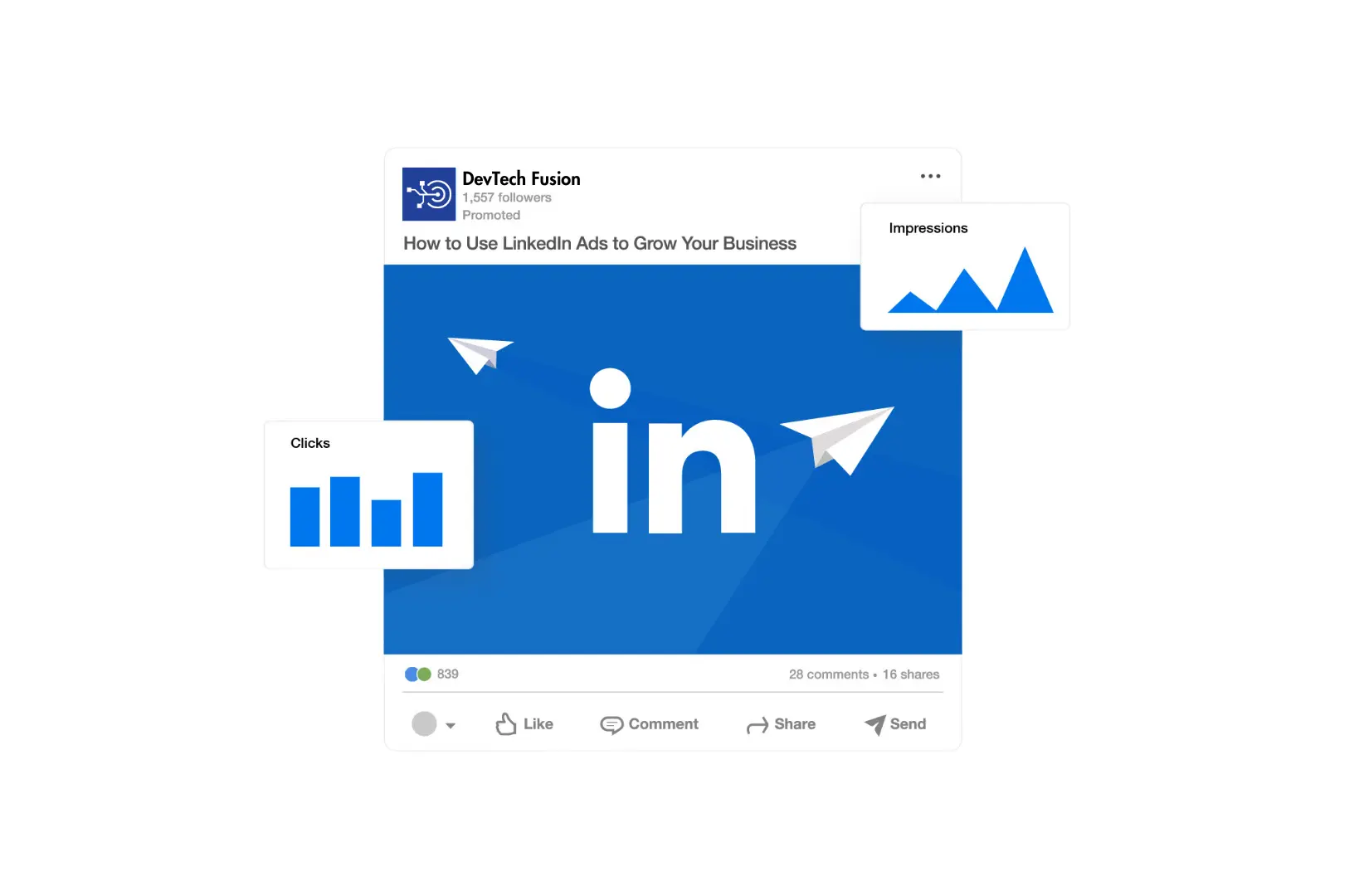As we step into 2025, SEO has become more intricate, with search engines leveraging advanced AI, prioritizing user intent, and redefining how content is ranked. Success in this ever-evolving landscape requires marketers and businesses to adopt forward-thinking strategies that go beyond traditional techniques.
Search engines are no longer just indexing keywords—they’re interpreting context, evaluating trustworthiness, and delivering results tailored to individual preferences. Factors like voice and visual search, mobile-first indexing, and Core Web Vitals have taken center stage, forcing brands to think holistically about their online presence.
This guide delves into advanced SEO strategies designed to help you stay competitive in 2025. From optimizing for AI-driven algorithms to embracing local SEO and content depth, these actionable tips will ensure your website ranks higher, engages users, and drives tangible results. Prepare to embrace the future of SEO with confidence and expertise.
1. Understanding and Implementing AI and Machine Learning in SEO
Artificial Intelligence (AI) and Machine Learning (ML) have become essential to modern SEO, influencing everything from search engine algorithms to content strategy. Google’s RankBrain, an AI-based system, now plays a central role in processing search queries, understanding context, and prioritizing relevance. By 2025, the integration of AI in SEO tools and platforms is expected to grow exponentially, offering marketers unparalleled insights and automation capabilities.
Key Stats:
- AI-driven SEO tools are expected to power 80% of SEO strategies by 2025.
- Businesses using AI for keyword analysis see a 35% increase in traffic quality.
Why It Matters:
AI empowers marketers to automate repetitive tasks, predict trends, and gain a deeper understanding of user behavior. It also enables dynamic content optimization, ensuring pages remain relevant as search patterns evolve.
Actionable Tips:
- Use AI tools like Clearscope, MarketMuse, and Surfer SEO to create and optimize content based on semantic search patterns.
- Leverage predictive analytics to identify emerging trends and optimize content in real-time.
- Incorporate natural language processing (NLP) techniques to improve the context and relevance of your content.
2. Voice Search Optimization
Voice search is rapidly gaining traction, with users turning to digital assistants like Alexa, Siri, and Google Assistant for quick, conversational searches. Optimizing for voice search requires a shift from traditional keyword strategies to more natural, question-based content.
Key Stats:
- By 2025, 75% of all internet users are expected to engage with voice search on a regular basis.
- Voice search results load 52% faster than average search results, emphasizing the need for speed optimization.
Why It Matters:
Voice search queries are typically longer and more conversational than text-based searches. Users often phrase questions as complete sentences, meaning SEO strategies must adapt to cater to this format.
Actionable Tips:
- Optimize for natural language queries by incorporating long-tail keywords and question phrases.
- Create detailed FAQ pages that address common user queries in a conversational tone.
- Use schema markup to help search engines understand and extract information for voice search responses.
3. E-A-T (Expertise, Authoritativeness, and Trustworthiness)
Google’s emphasis on E-A-T continues to shape the way content is evaluated and ranked. This framework ensures that users receive accurate, reliable, and high-quality information—particularly for YMYL (Your Money, Your Life) topics like health, finance, and legal matters.
Key Stats:
- Websites prioritizing E-A-T see a 30% higher engagement rate compared to those without.
- 42% of users are more likely to engage with content backed by verified authorship and credentials.
Why It Matters:
E-A-T is especially crucial for industries where misinformation can have significant consequences. Demonstrating expertise and building trust not only improves rankings but also fosters brand loyalty.
Actionable Tips:
- Highlight author credentials and include detailed bios to showcase expertise.
- Back your content with data from authoritative sources and include links to reputable websites.
- Encourage user reviews and testimonials to establish trust and credibility.
4. Mobile-First Indexing & User Experience (UX)
With more than 60% of global searches happening on mobile devices, mobile-first indexing has become the norm. However, optimizing for mobile is more than just about responsiveness—it’s about delivering a seamless user experience that aligns with search engine priorities like Core Web Vitals.
Key Stats:
- Mobile-friendly websites are 67% more likely to convert visitors into customers.
- A 1-second improvement in page load time can lead to a 7% boost in conversion rates.
Why It Matters:
A poor mobile experience can lead to higher bounce rates, lower rankings, and reduced conversions. Search engines prioritize sites that load quickly, are easy to navigate, and provide a seamless experience.
Actionable Tips:
- Test your site’s mobile performance using tools like Google’s Mobile-Friendly Test.
- Optimize loading speeds by compressing images, enabling browser caching, and using a Content Delivery Network (CDN).
- Focus on Core Web Vitals metrics: Largest Contentful Paint (LCP), First Input Delay (FID), and Cumulative Layout Shift (CLS).
5. Content Depth and Search Intent Optimization
Search engines are getting better at understanding the intent behind queries, whether users are looking for information, making a purchase, or navigating to a specific website. Meeting this intent requires creating in-depth, well-organized content that caters to various needs.
Key Stats:
- Content that addresses search intent achieves a 40% higher click-through rate.
- Blogs with a pillar-and-cluster content strategy see a 20% increase in organic traffic.
Why It Matters:
Search intent optimization ensures that your content aligns with what users are looking for, improving both user satisfaction and search rankings.
Actionable Tips:
- Identify the intent behind target keywords: informational, transactional, or navigational.
- Use pillar pages to cover broad topics and interlink them with cluster content for deeper exploration.
- Analyze SERP features (e.g., People Also Ask, featured snippets) to understand user intent and structure your content accordingly.
6. Video SEO and Visual Search
By 2025, video content is predicted to account for 82% of all internet traffic. Additionally, advancements in visual search tools like Google Lens and Pinterest’s image search are changing how users discover content.
Key Stats:
- Video content increases organic traffic by 157% compared to static content.
- 62% of Gen Z users prefer visual search over any other search method.
Why It Matters:
Videos and visuals are more engaging and shareable, making them essential for capturing attention and driving traffic.
Actionable Tips:
- Optimize video titles, descriptions, and tags with relevant keywords.
- Create transcripts and captions for accessibility and improved indexing.
- Compress and optimize images to ensure fast loading speeds without compromising quality.
7. Advanced Link Building Strategies
While link building remains a cornerstone of SEO, the approach has evolved. Quality now trumps quantity, with search engines prioritizing backlinks from authoritative, relevant sources.
Key Stats:
- Pages with high-quality backlinks rank 3.8x higher than those without.
- 75% of SEOs believe that natural link acquisition will be the primary focus by 2025.
Why It Matters:
Building strong relationships with industry influencers and earning editorial links can significantly improve your website’s authority and rankings.
Actionable Tips:
- Use broken link-building strategies to replace dead links on authoritative sites with your content.
- Publish original research, whitepapers, or case studies to attract natural backlinks.
- Collaborate with niche influencers to amplify your reach and gain high-quality links.
8. Local SEO: Going Beyond Basic Listings
Local SEO has become indispensable for businesses targeting specific regions or communities. Hyperlocal optimization allows businesses to connect with customers at the neighborhood level.
Key Stats:
- 46% of Google searches have a local intent, such as “near me” queries.
- 78% of local searches on mobile lead to an offline purchase within 24 hours.
Why It Matters:
Appearing in local search results drives foot traffic and builds community trust, which is invaluable for small and medium-sized businesses.
Actionable Tips:
- Keep your Google My Business profile updated with accurate contact information, hours, and images.
- Incorporate local keywords and location-based content into your pages.
- Encourage satisfied customers to leave positive reviews on Google and Yelp.
Conclusion
SEO in 2025 is a dynamic blend of technology, user-centric content, and strategic optimization. While the fundamentals remain—such as high-quality backlinks and keyword relevance—success depends on mastering emerging trends like AI, voice search, and semantic analysis.
As search engines become smarter, prioritizing user experience and aligning with search intent are non-negotiable. Investing in mobile-first design, fast-loading pages, and engaging content will ensure your site not only ranks well but also meets the expectations of modern audiences.
Staying ahead in SEO requires constant learning, experimentation, and adaptability. Monitor analytics, refine strategies based on data, and embrace innovations like visual search and automation tools. By integrating these practices, you’ll future-proof your SEO efforts and position your brand for long-term growth in the competitive digital landscape.
Remember, SEO is a journey—not a destination. Keep evolving to thrive.

Zuruiz is a Content Contributor at Technado, focusing on digital marketing and development. He combines creative strategies with technical proficiency to deliver engaging and results-driven content.








